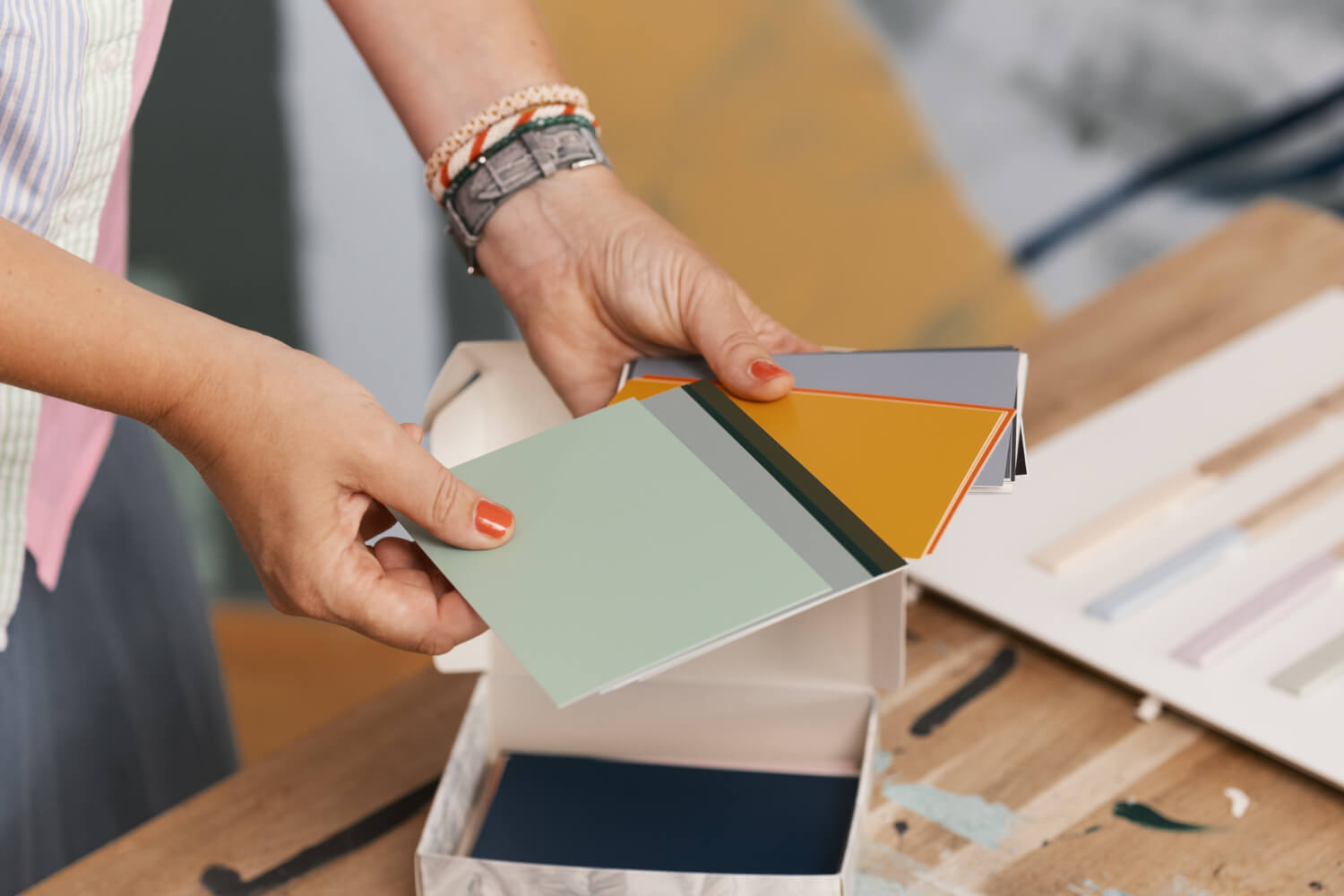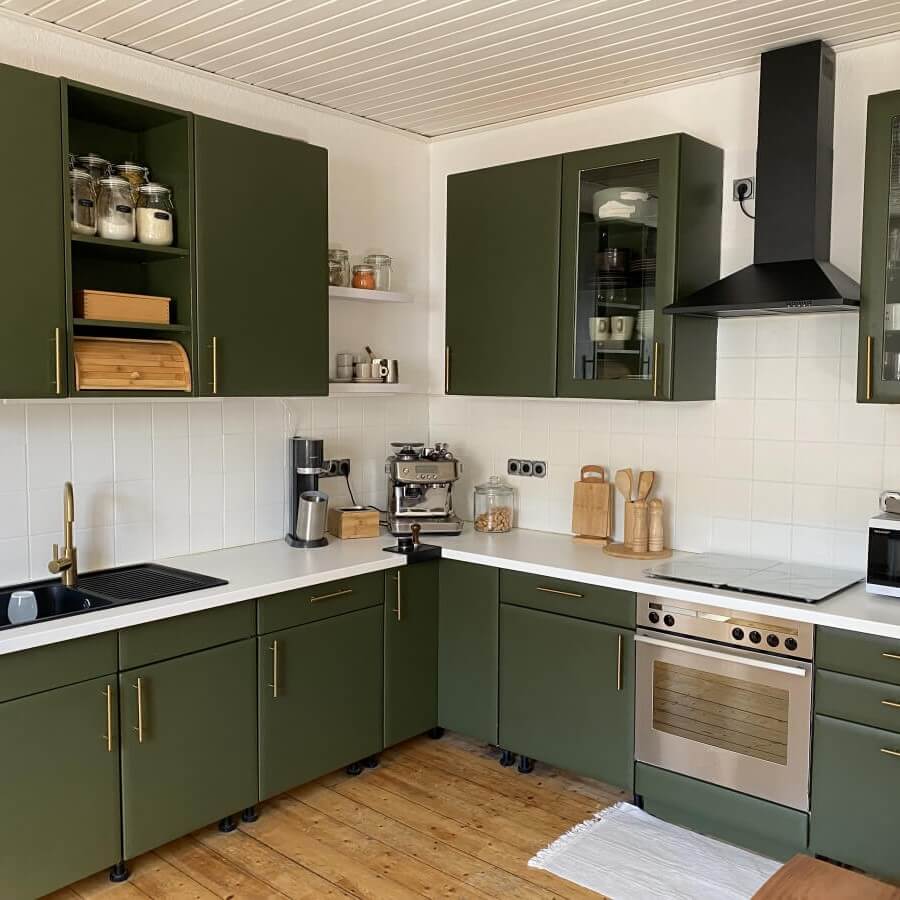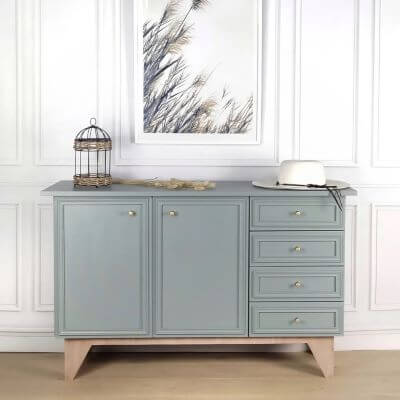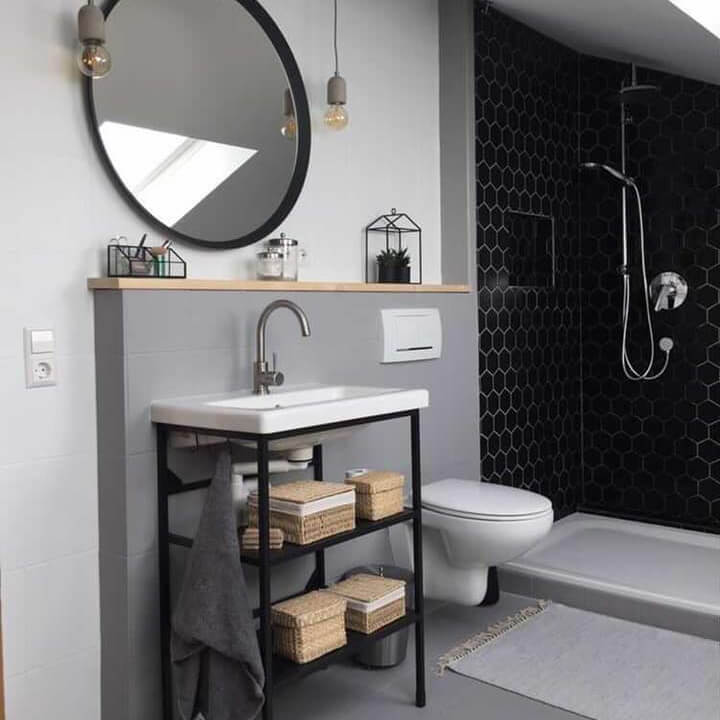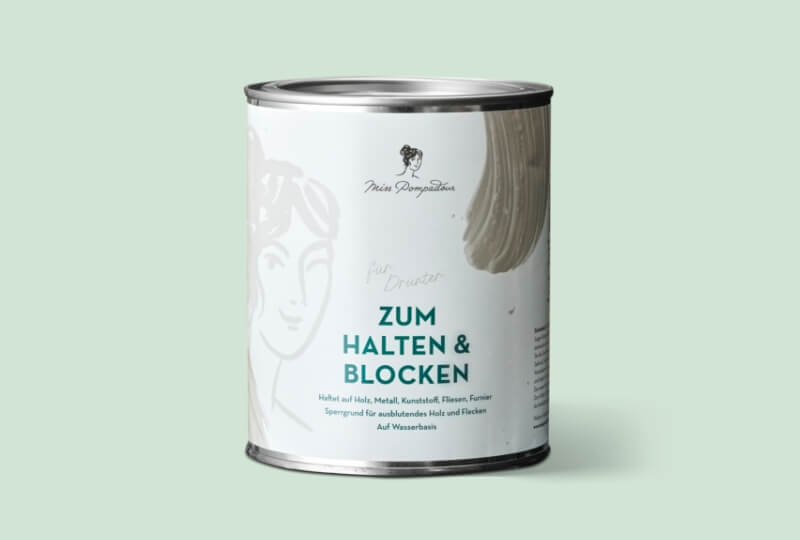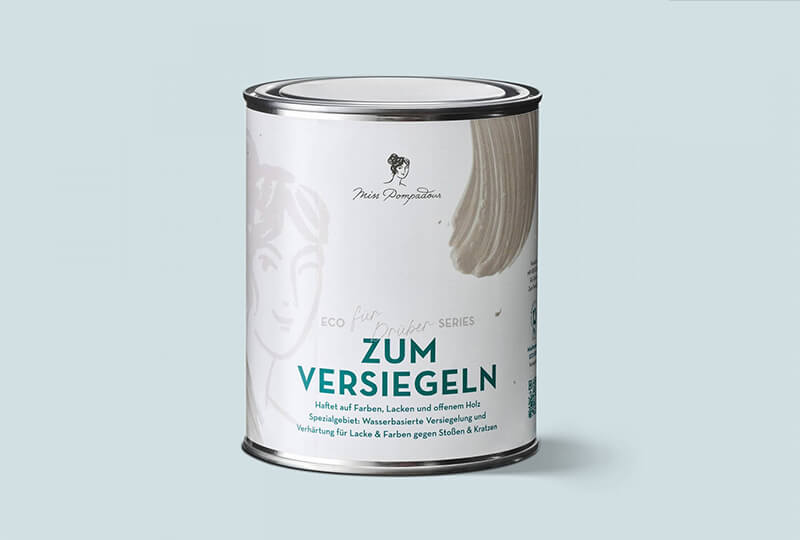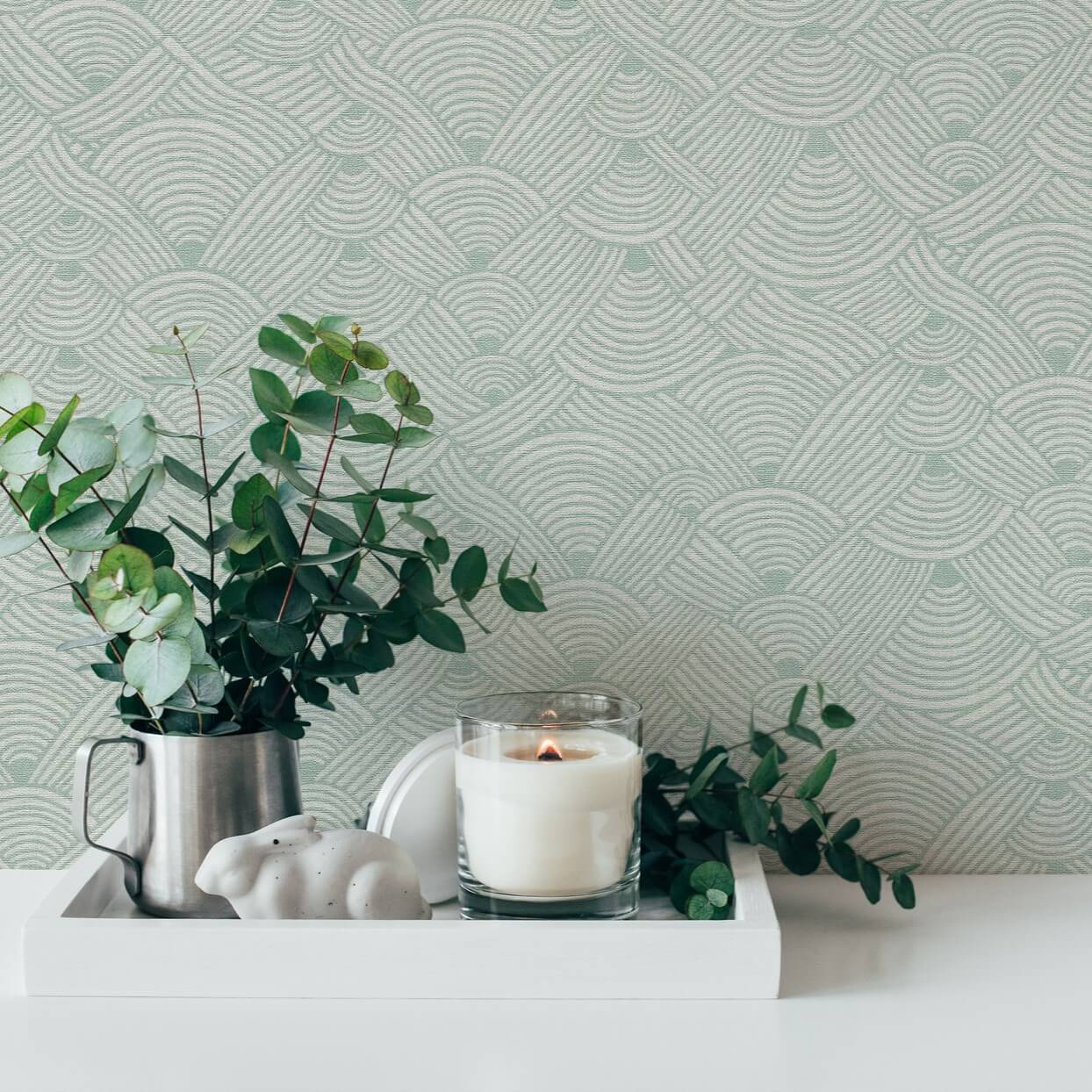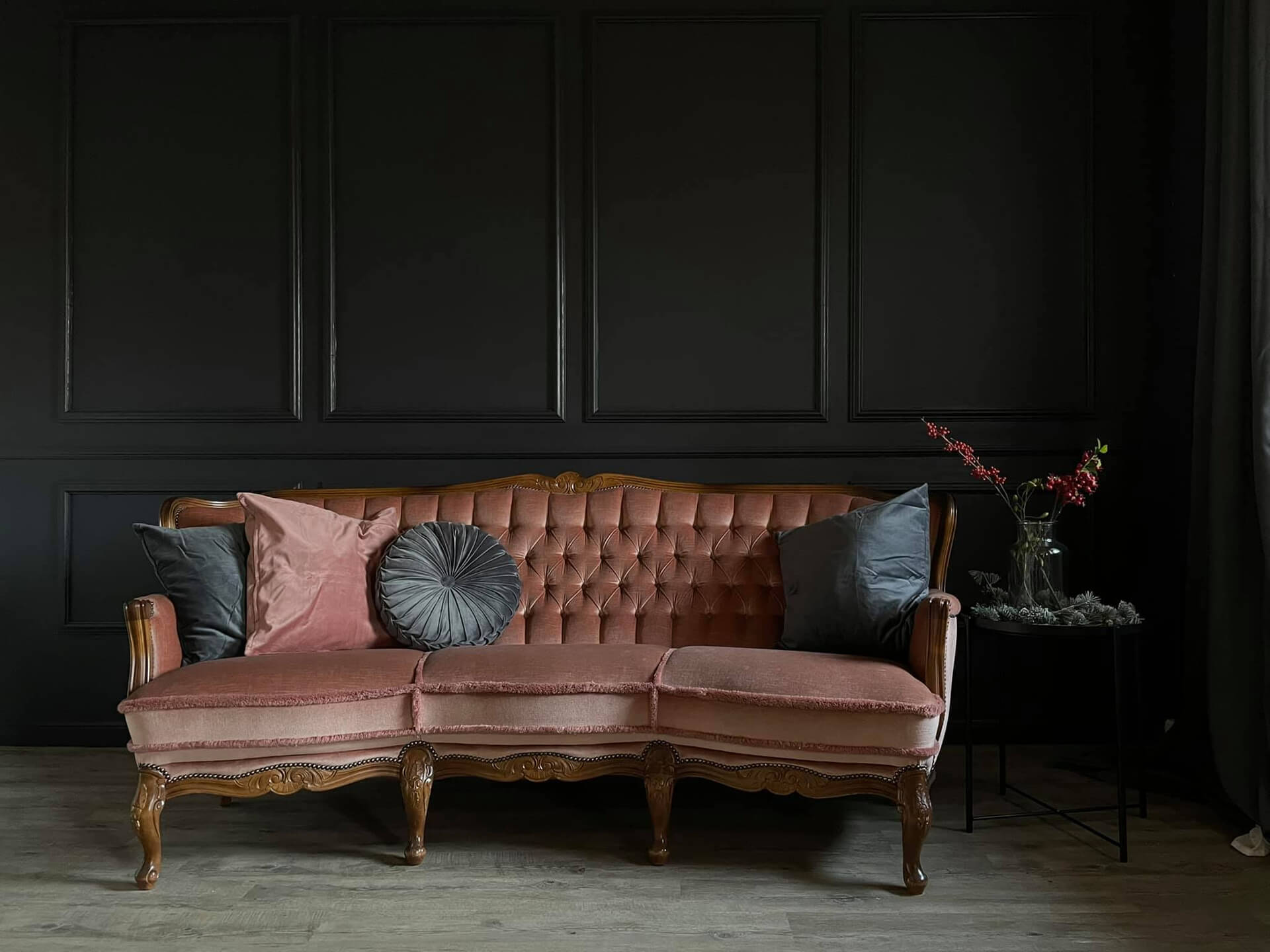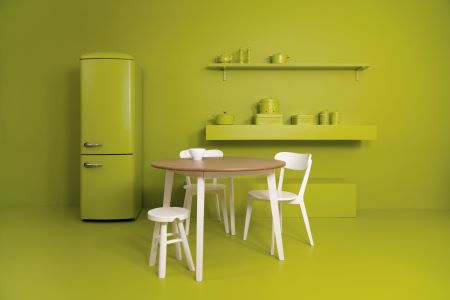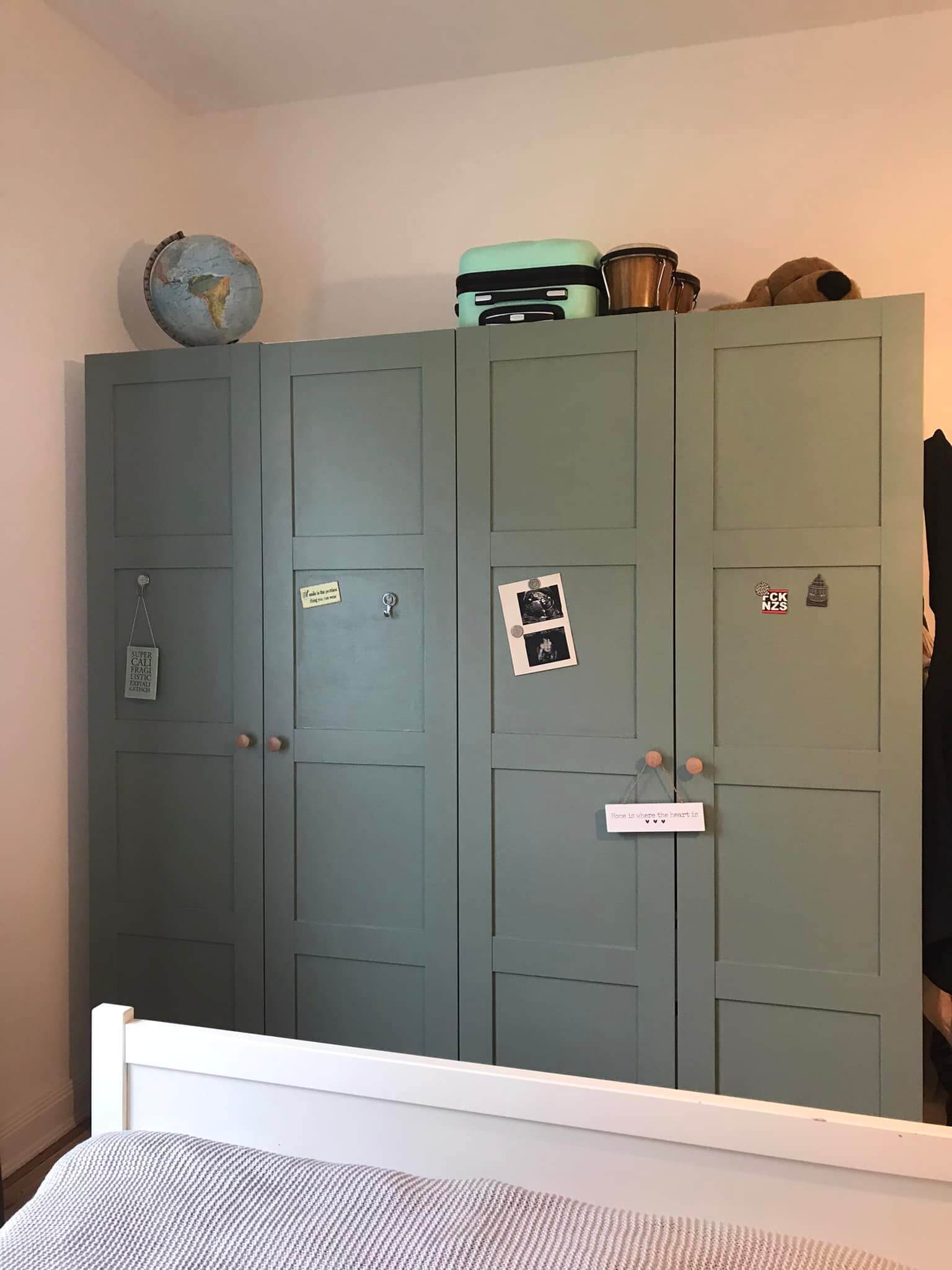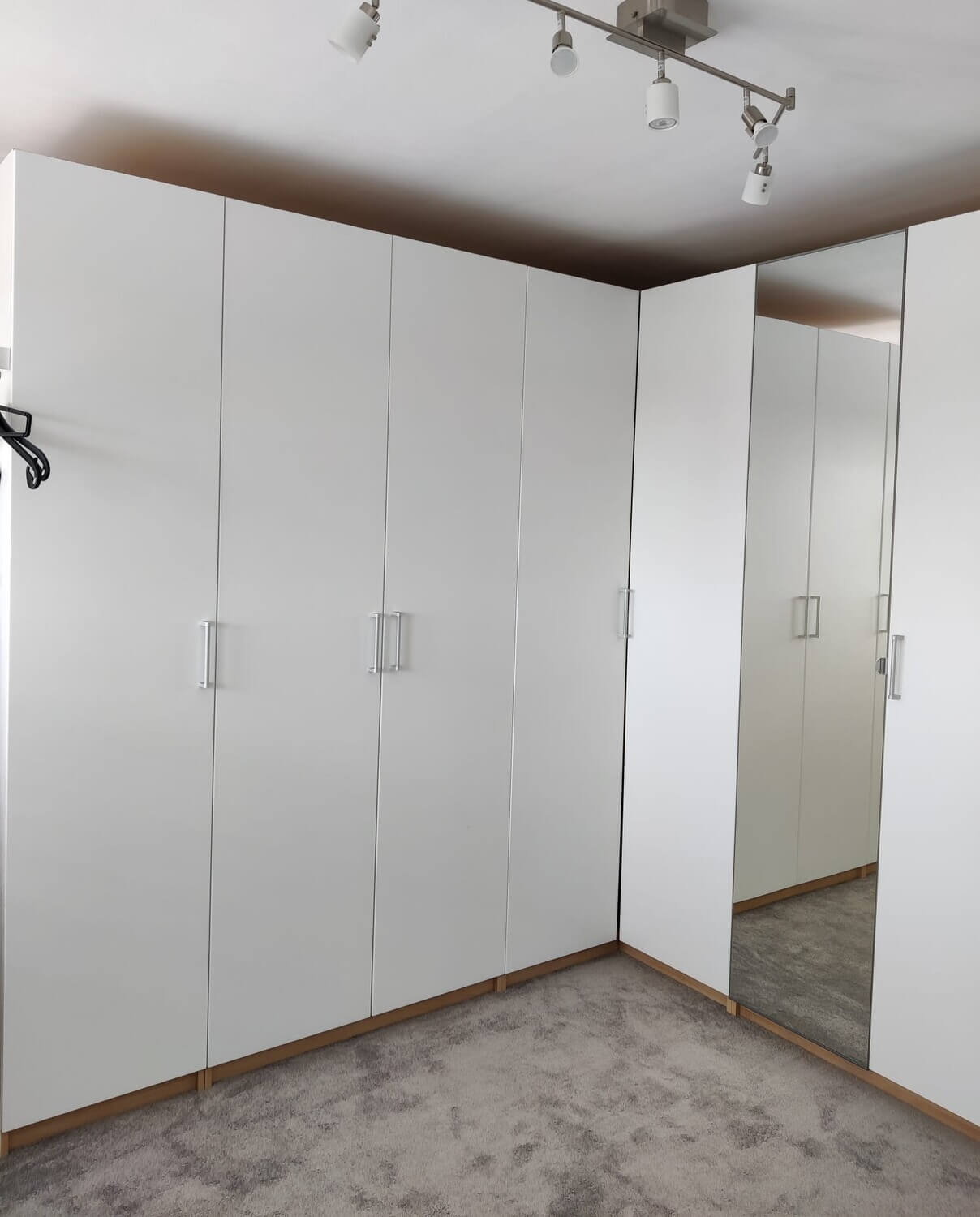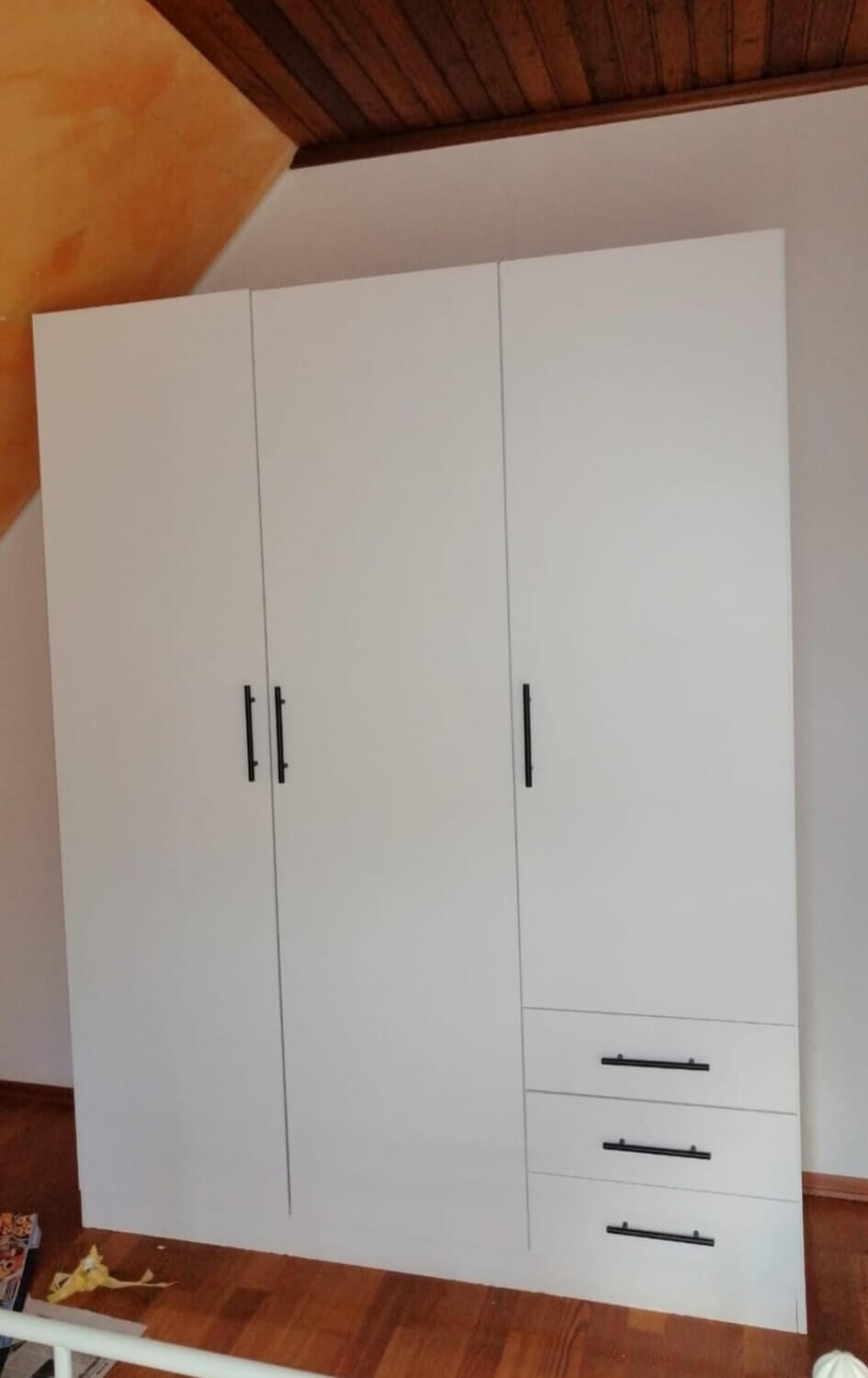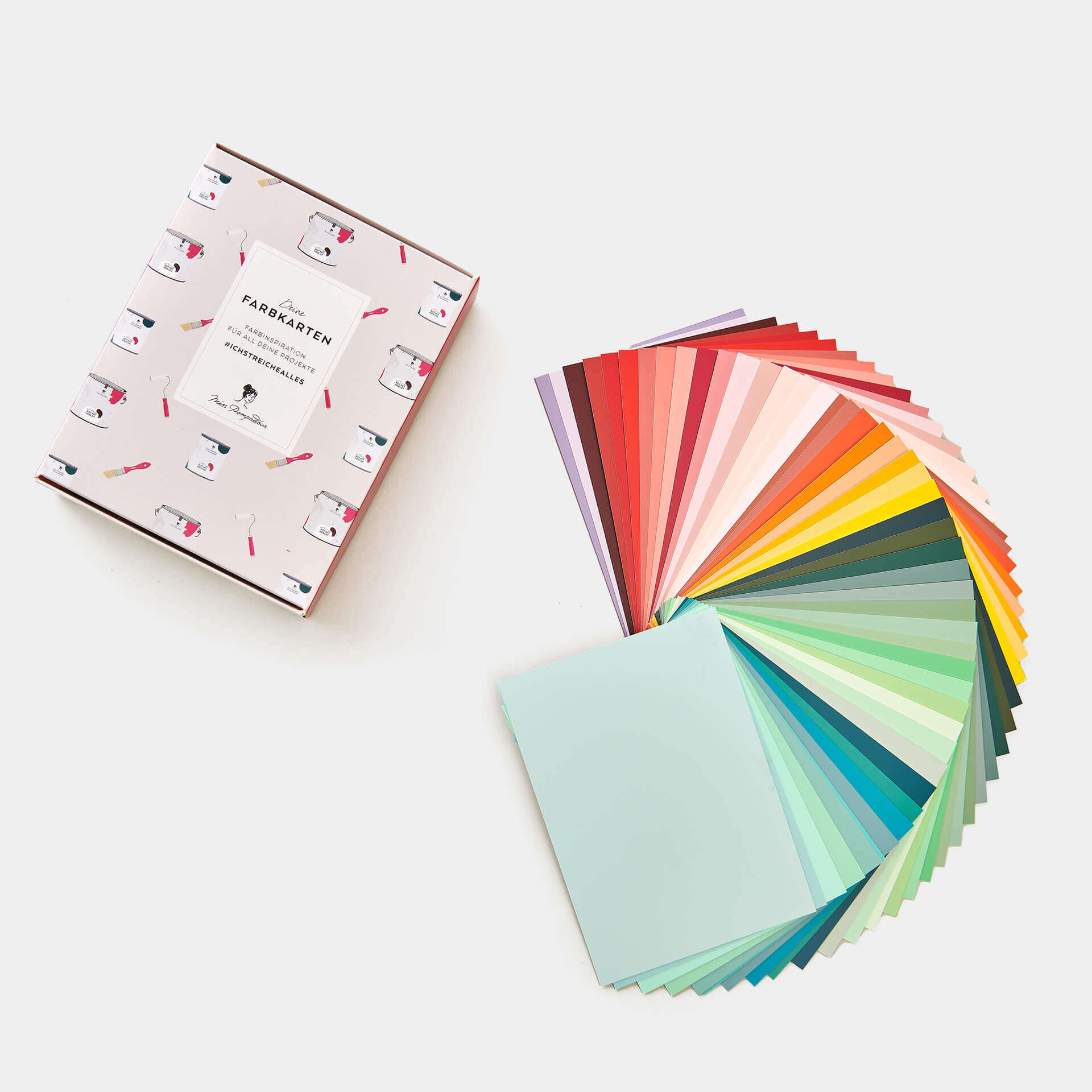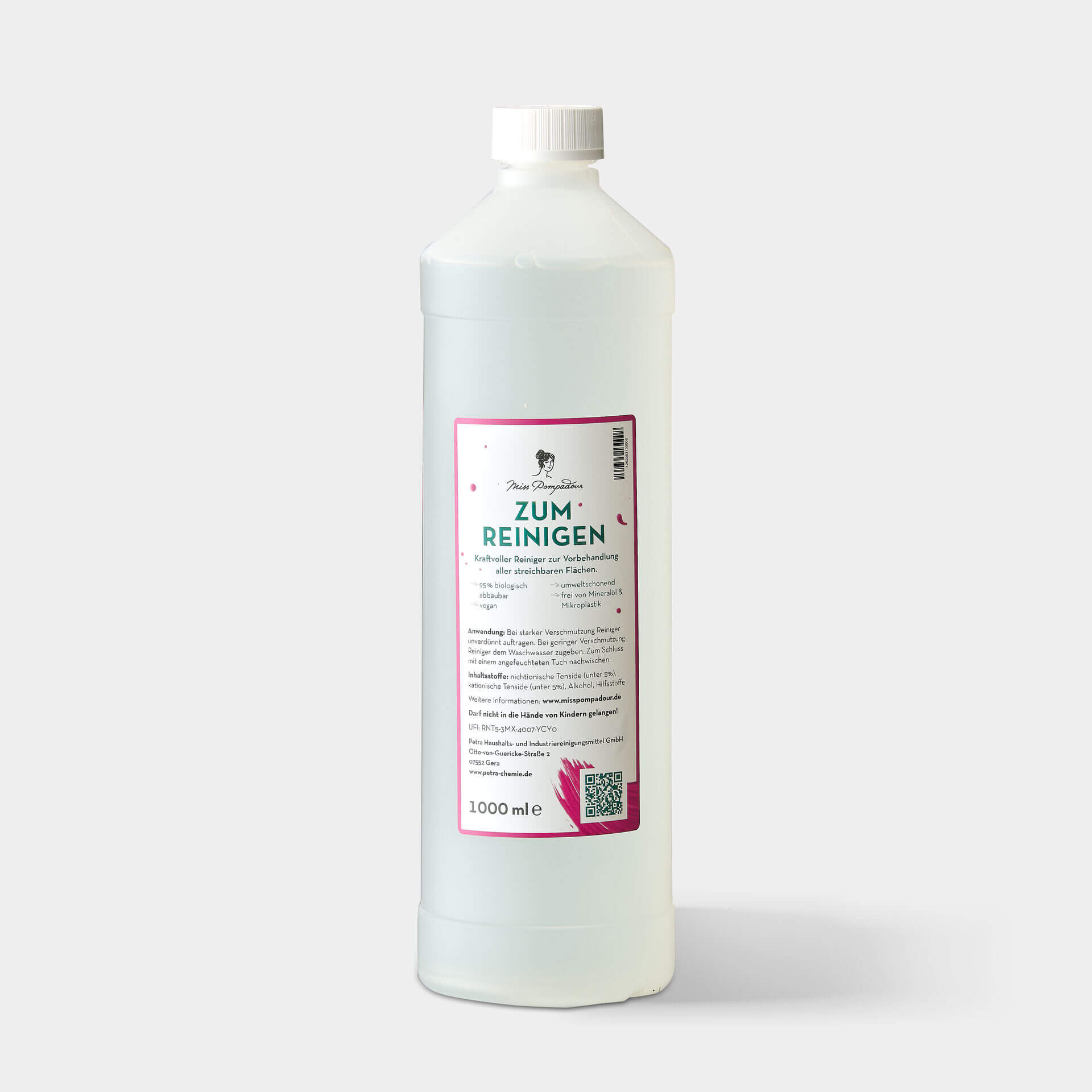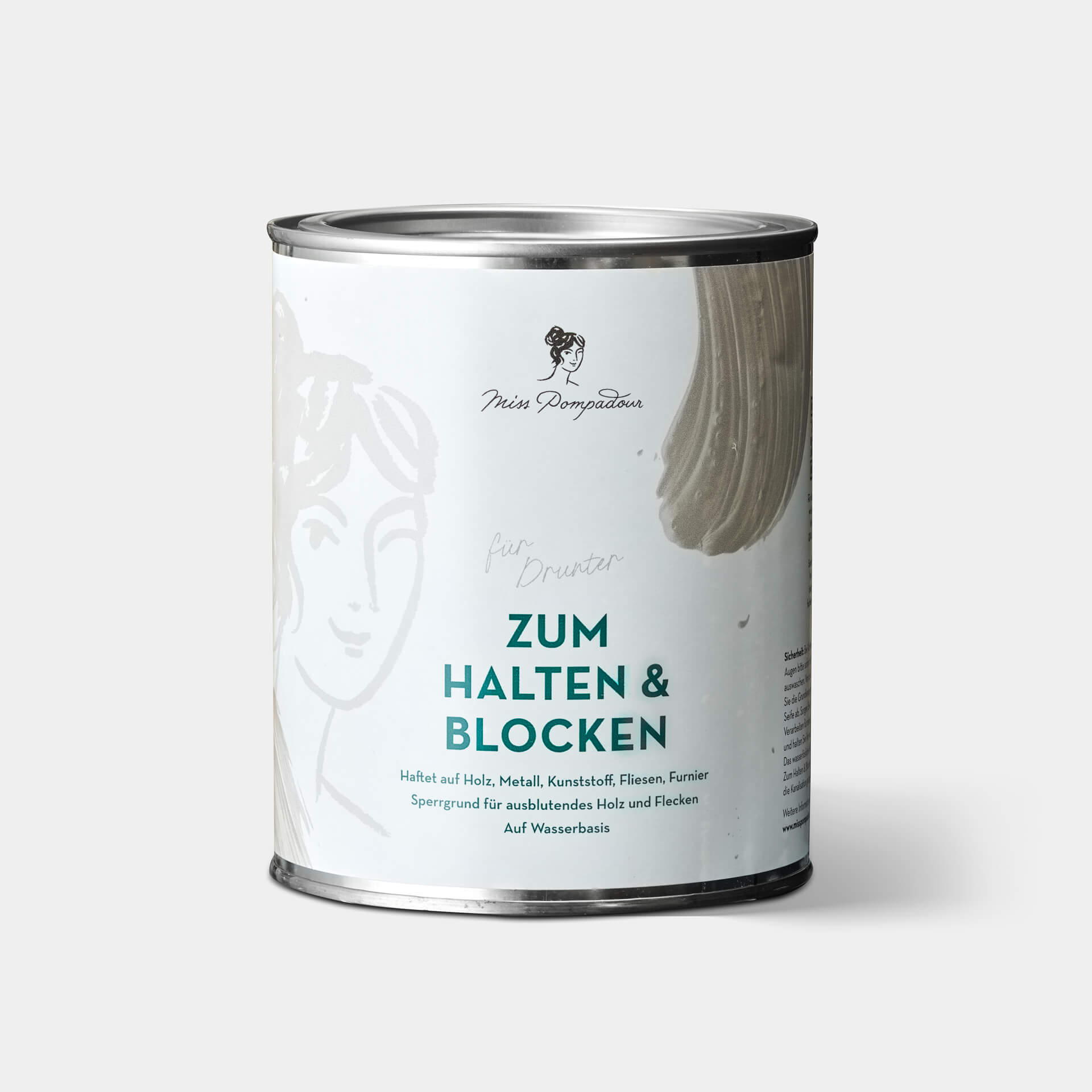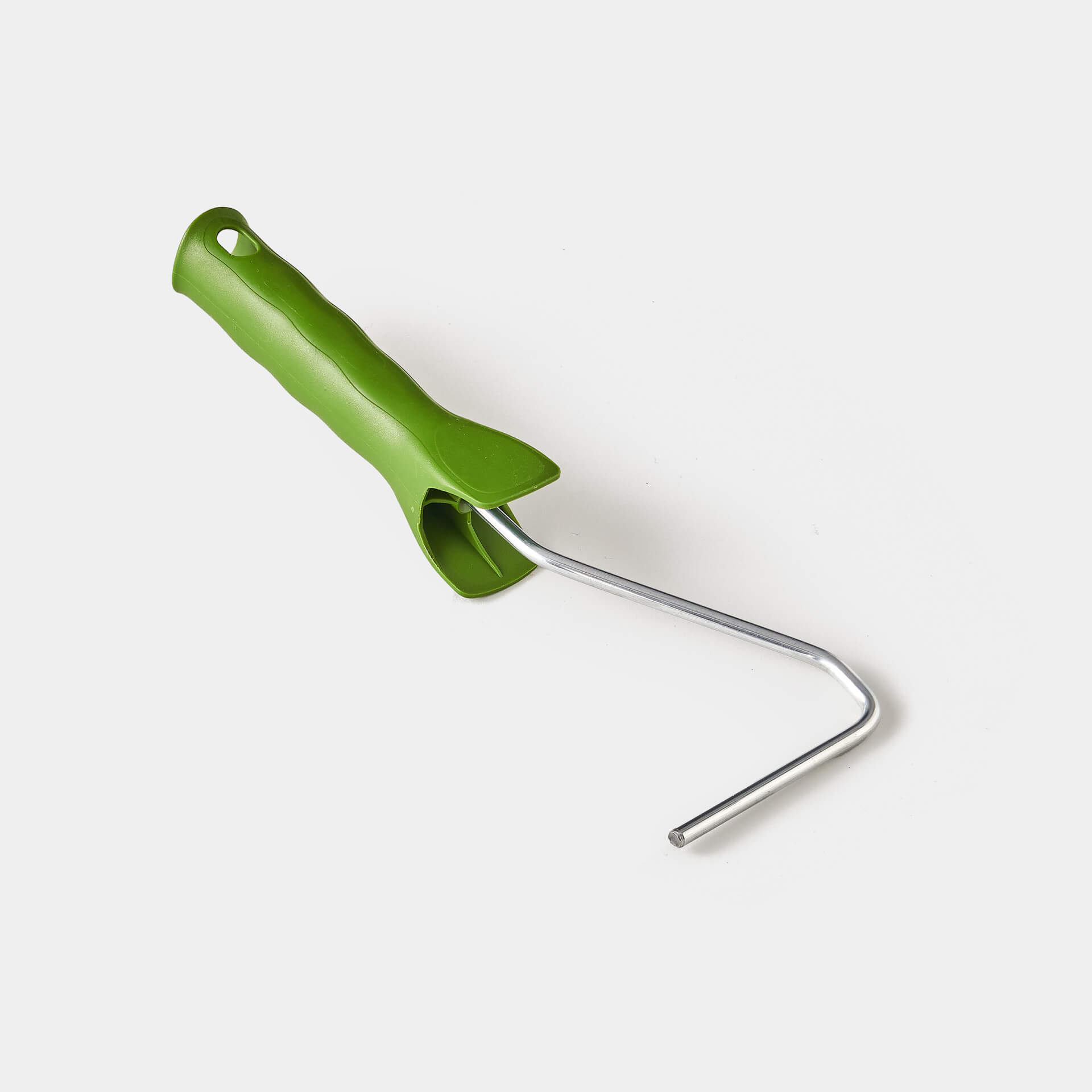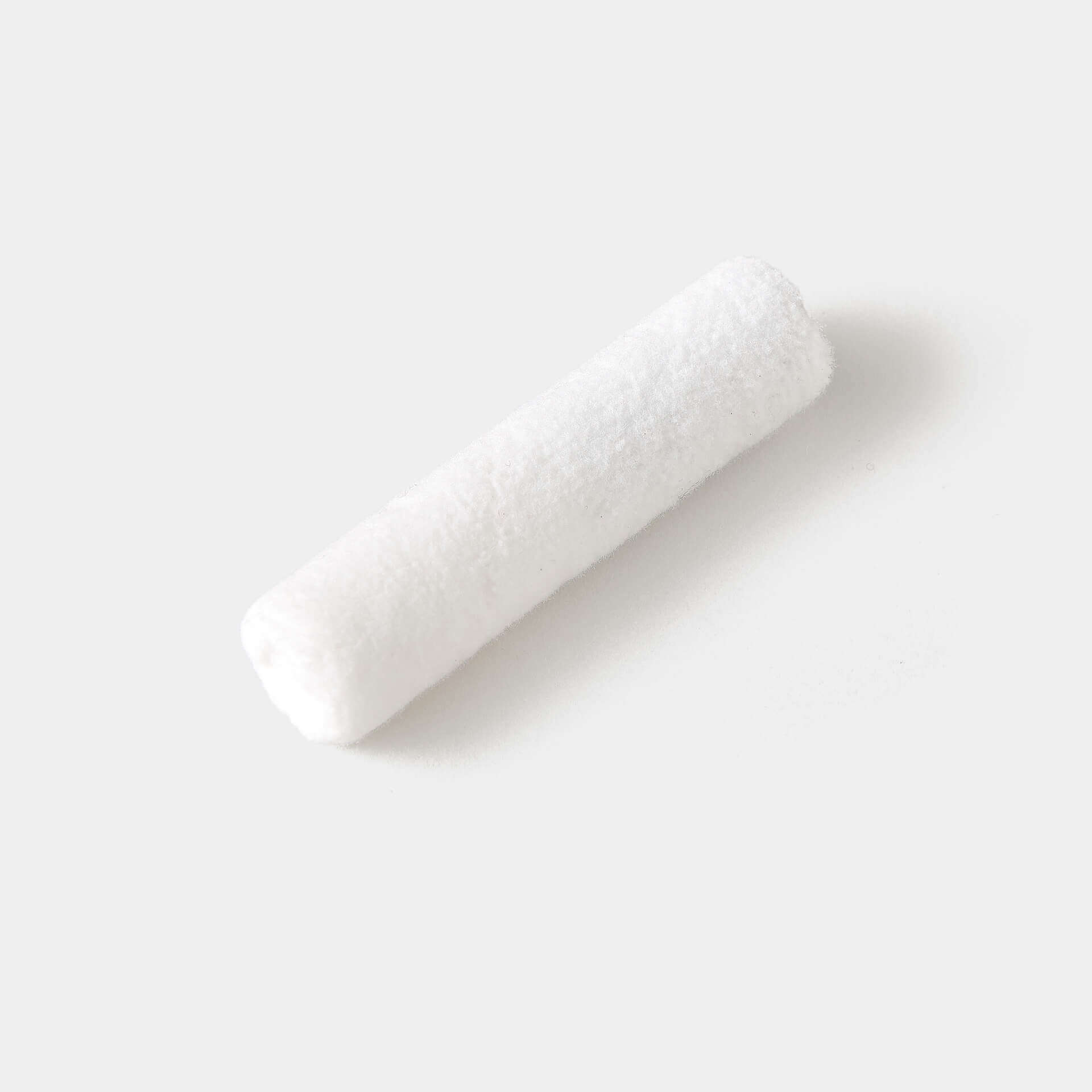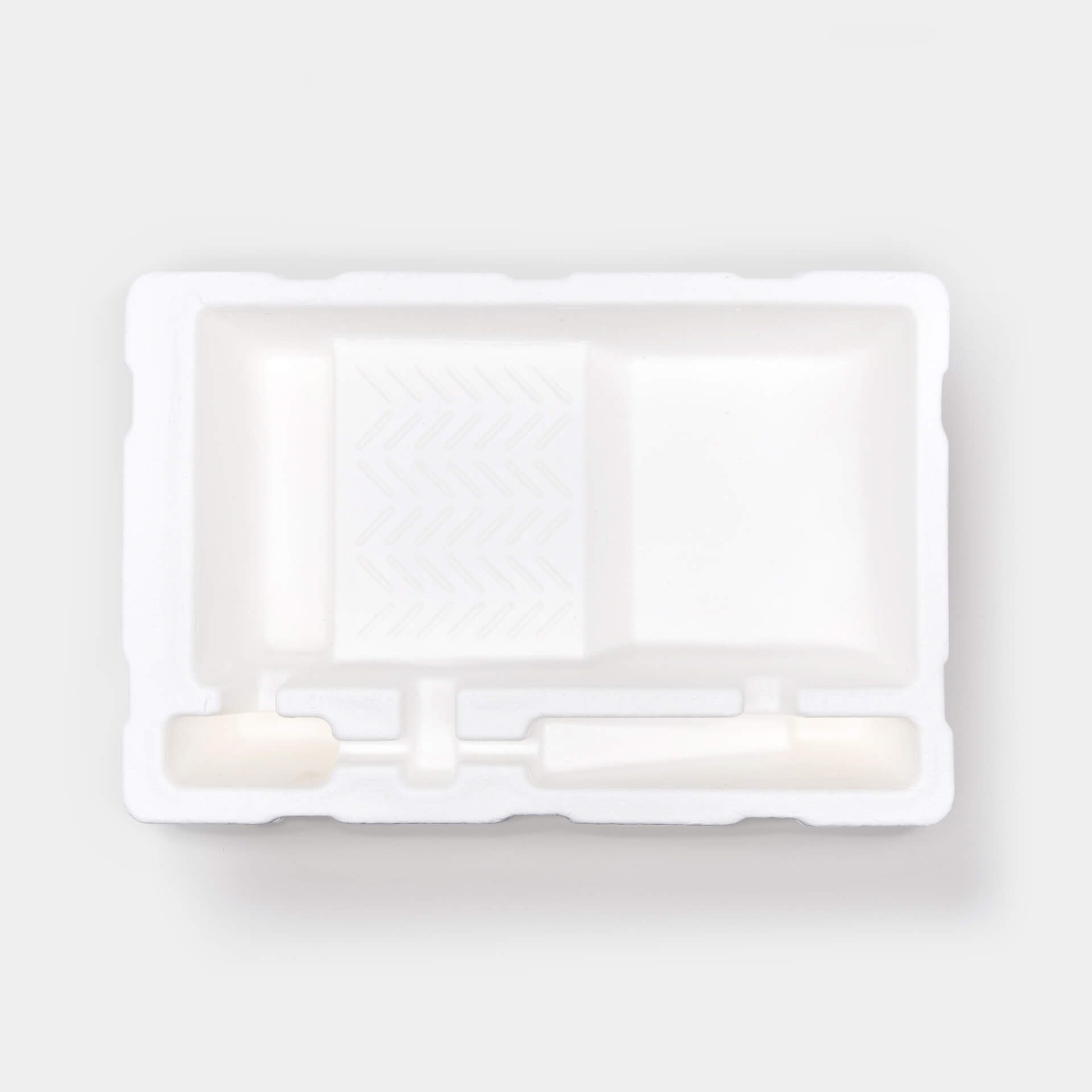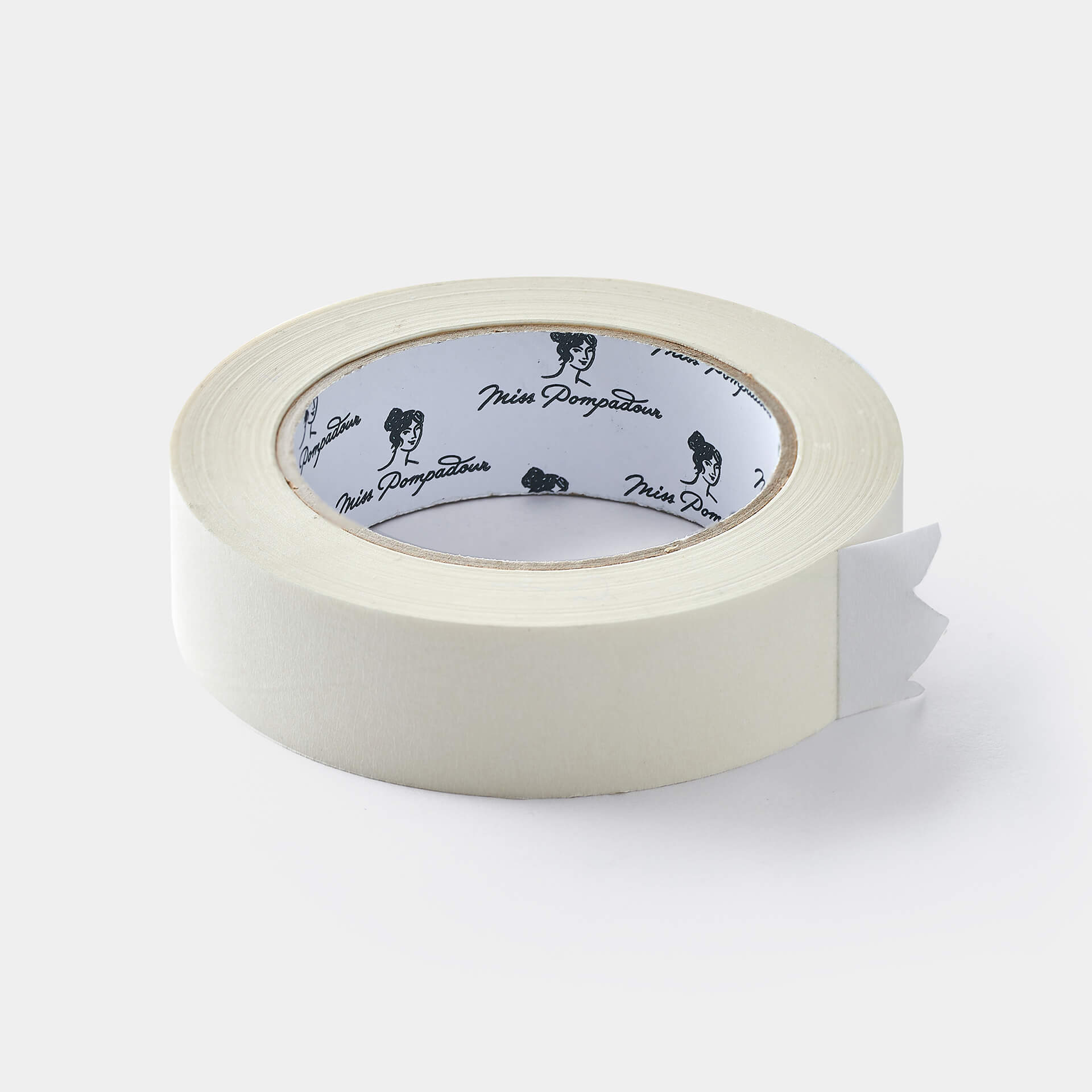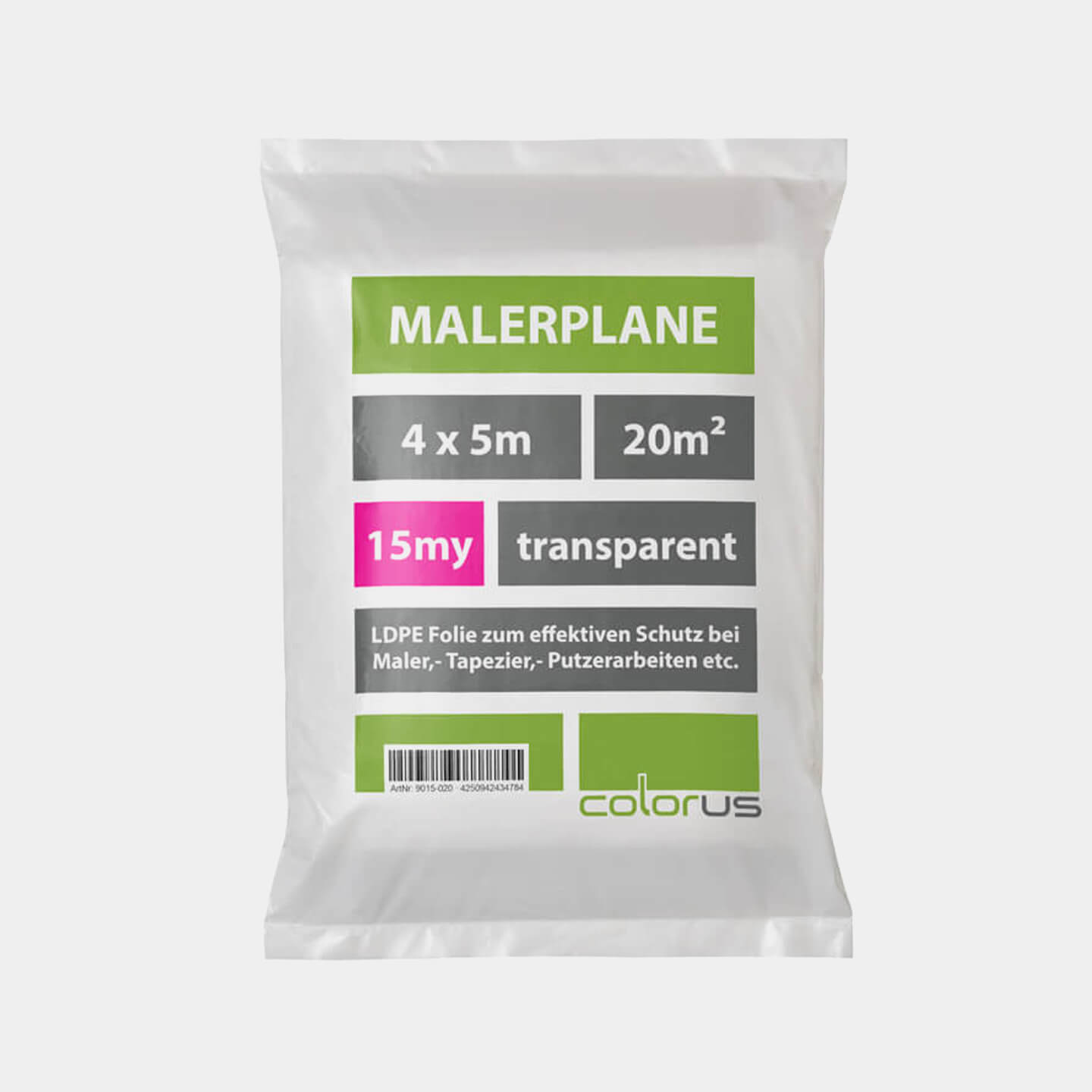IKEA PAX paint
In Painting - How-To · 6 min reading time
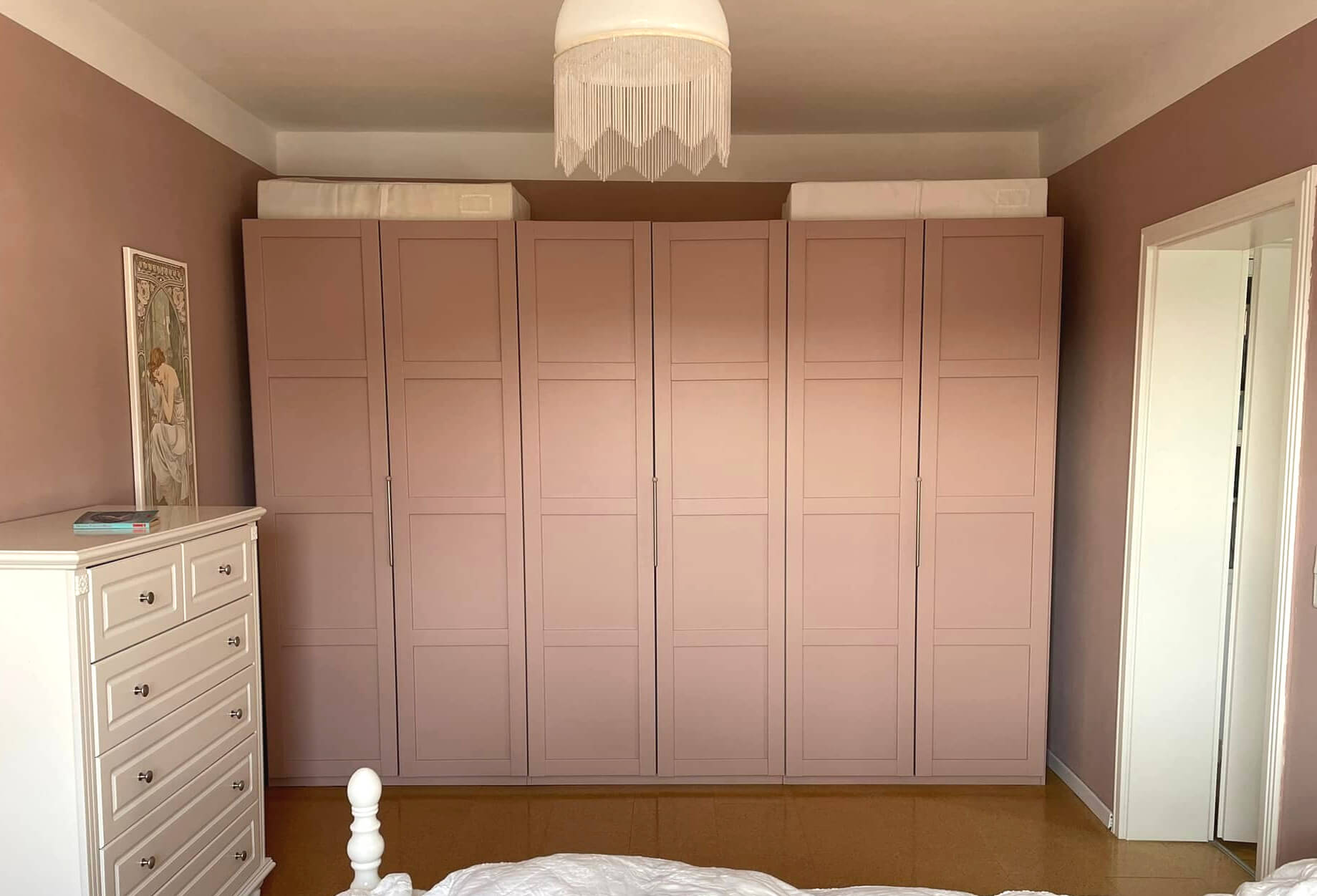
This IKEA wardrobe can be found in countless bedrooms! No wonder, because the Pax wardrobe is incredibly practical and fulfils many needs with its flexible interior. But if you really want to personalise your Pax wardrobe and tailor it perfectly to your bedroom, then grab a paintbrush and paint. Because you can also paint plastic surfaces wonderfully - true to our motto: Just paint with MissPompadour!
IKEA Pax wardrobe paint: Inspiration from our community
In our large painting community, painting friends share their impressive Before and After pictures with each other. Many have already painted large wardrobes. Veneer or high-gloss finish? No problem! Get inspired by their tips and tricks!
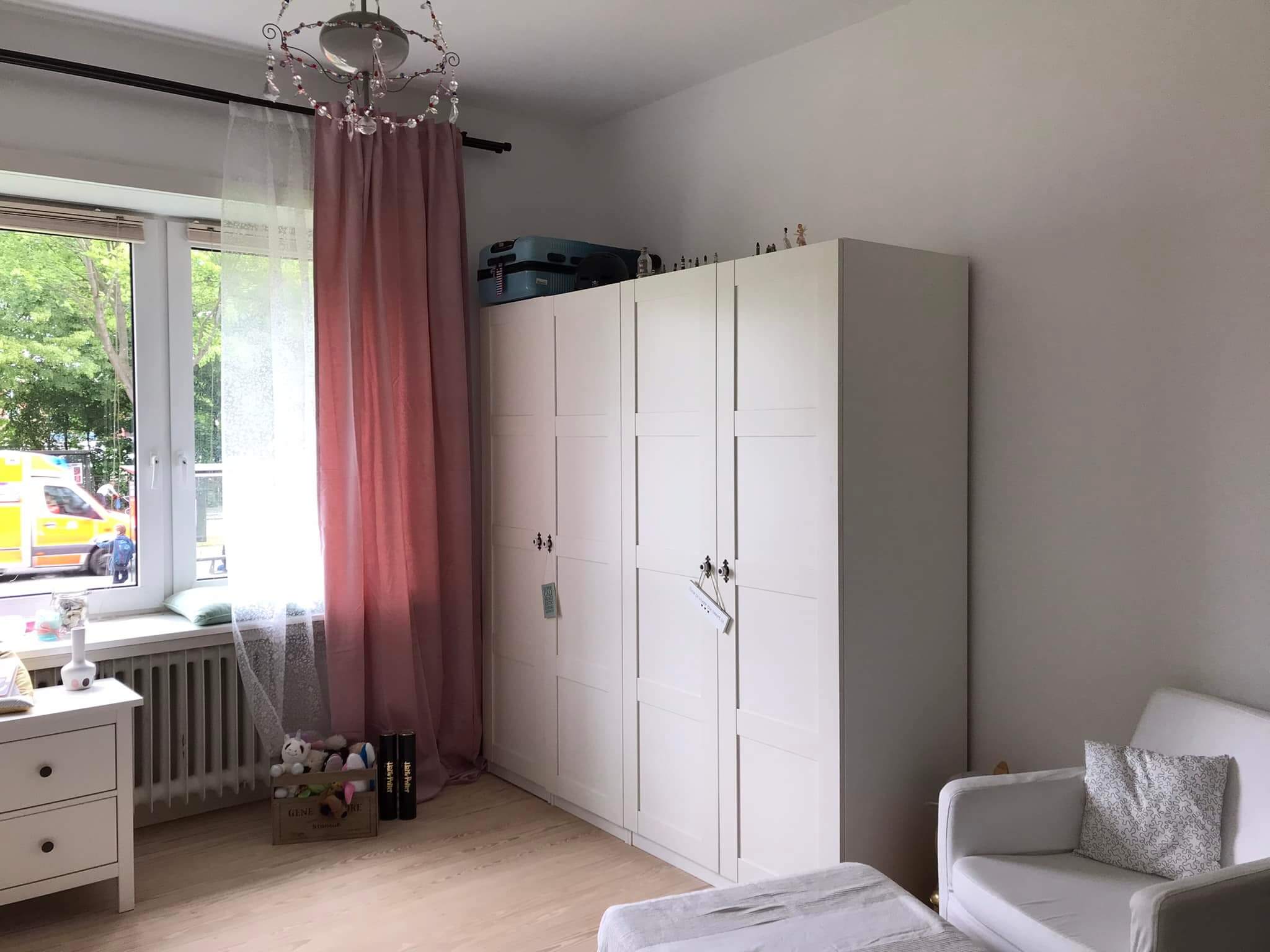
BEFORE
- This Pax no longer seemed suitable to our customer.
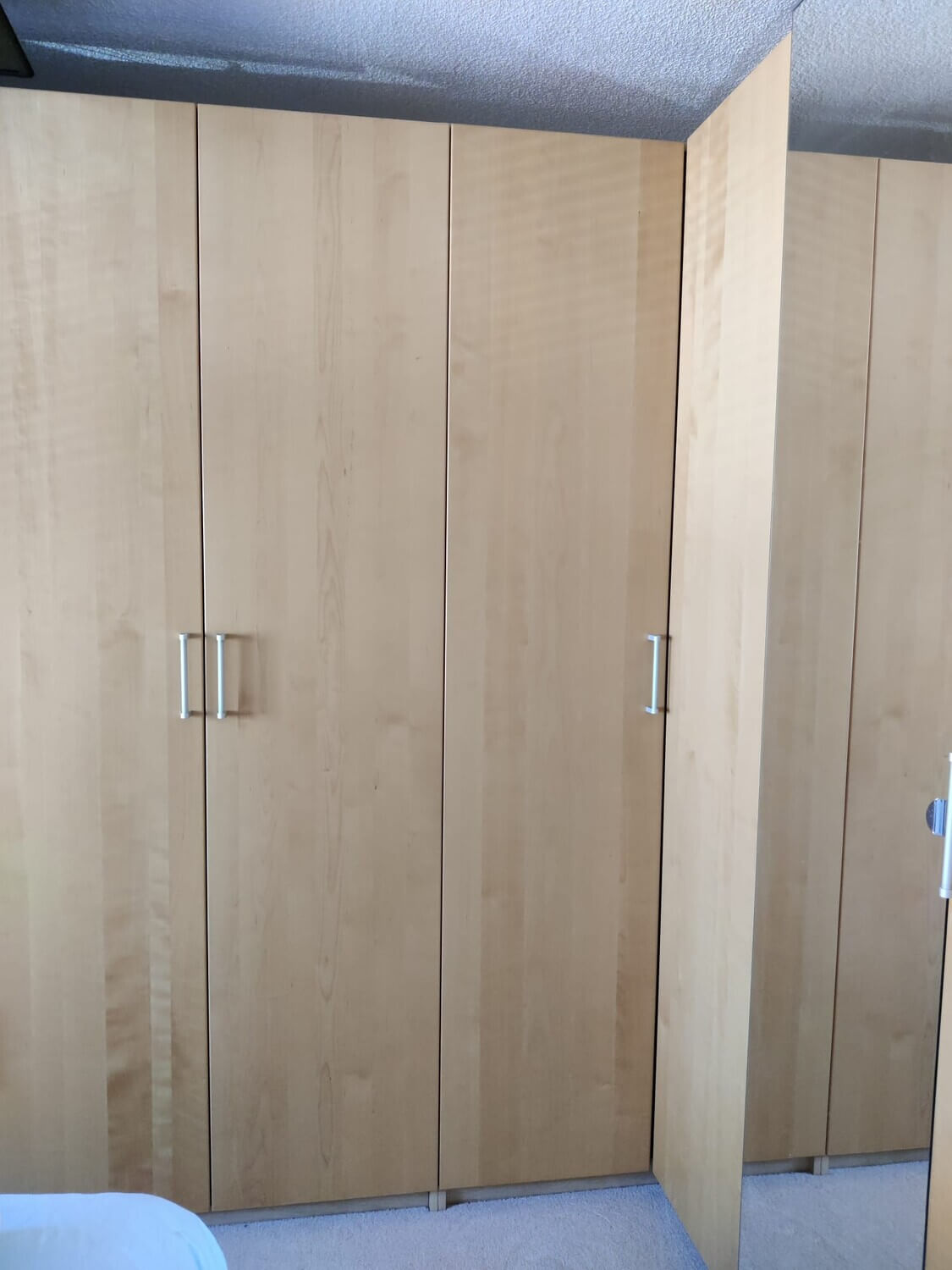
BEFORE
- This solid but boring wall unit should be freshened up.
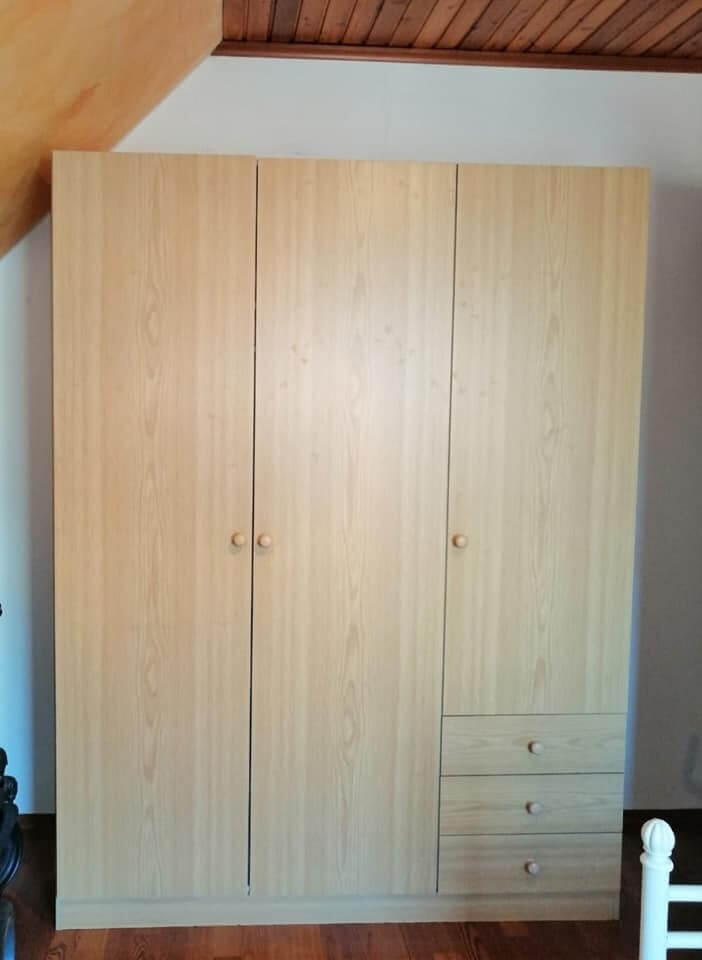
BEFORE
- This cupboard has been doing a good job for a long time.
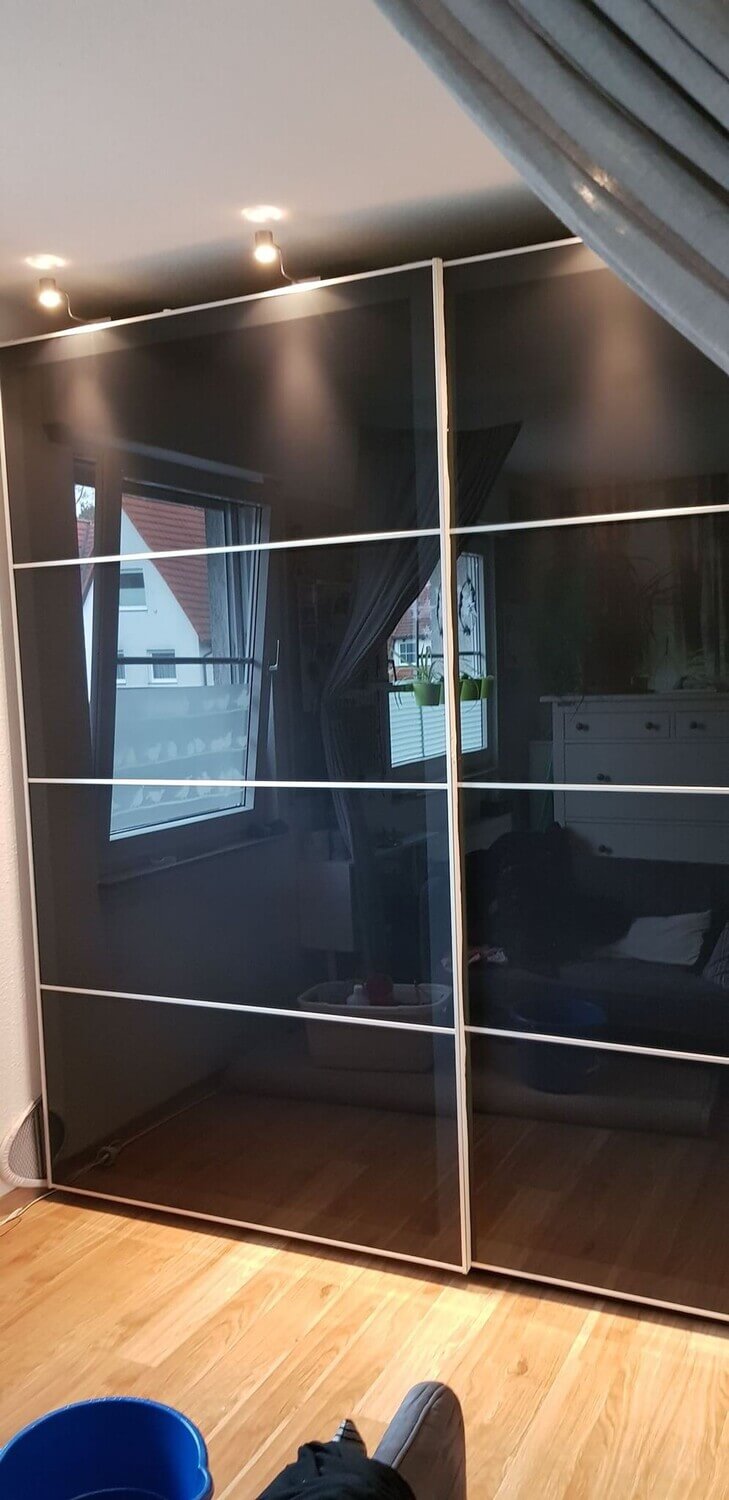
BEFORE
- Our customer no longer liked this high-gloss front.
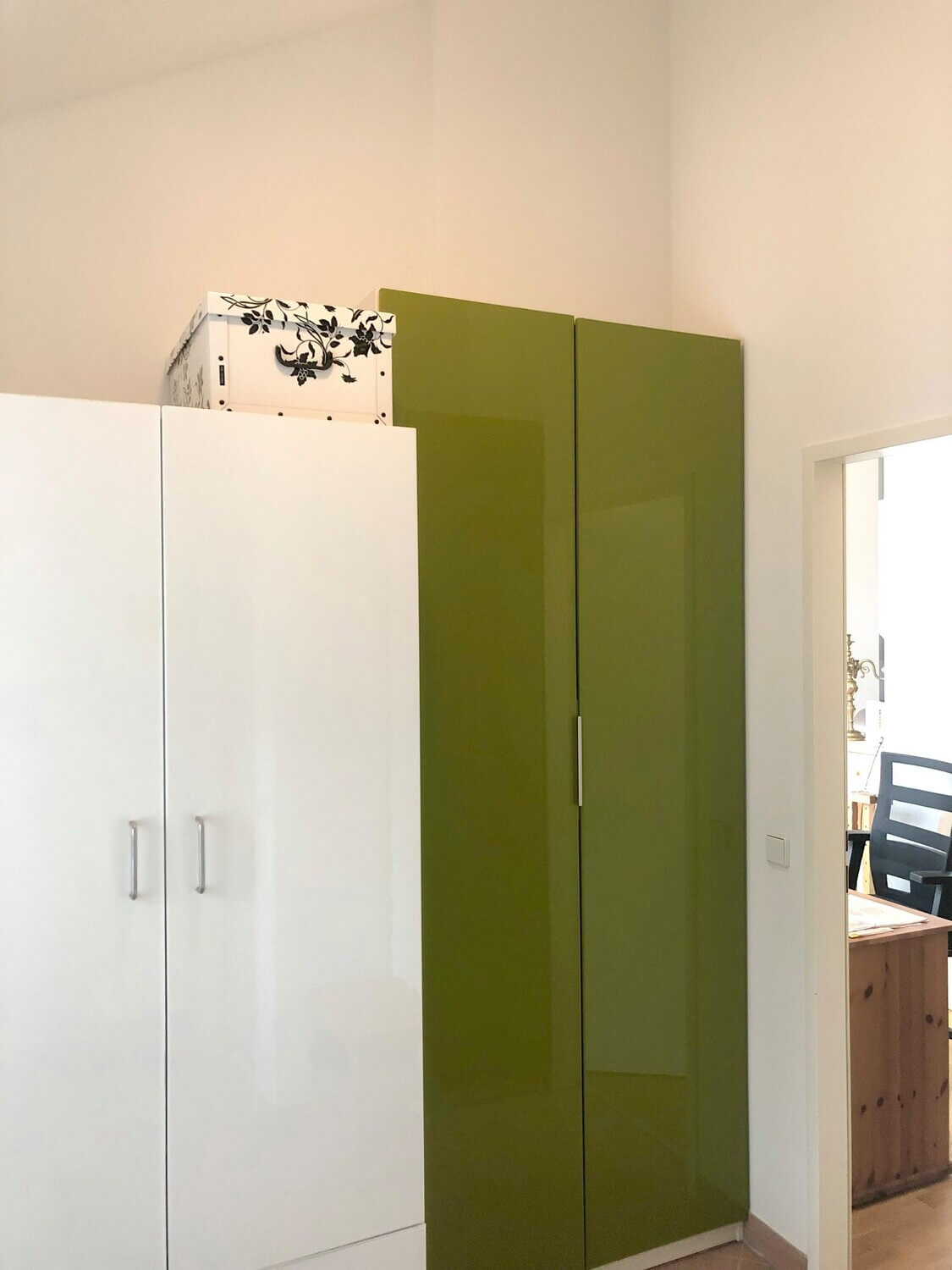
BEFORE
- A type change was also necessary for these two cabinets.
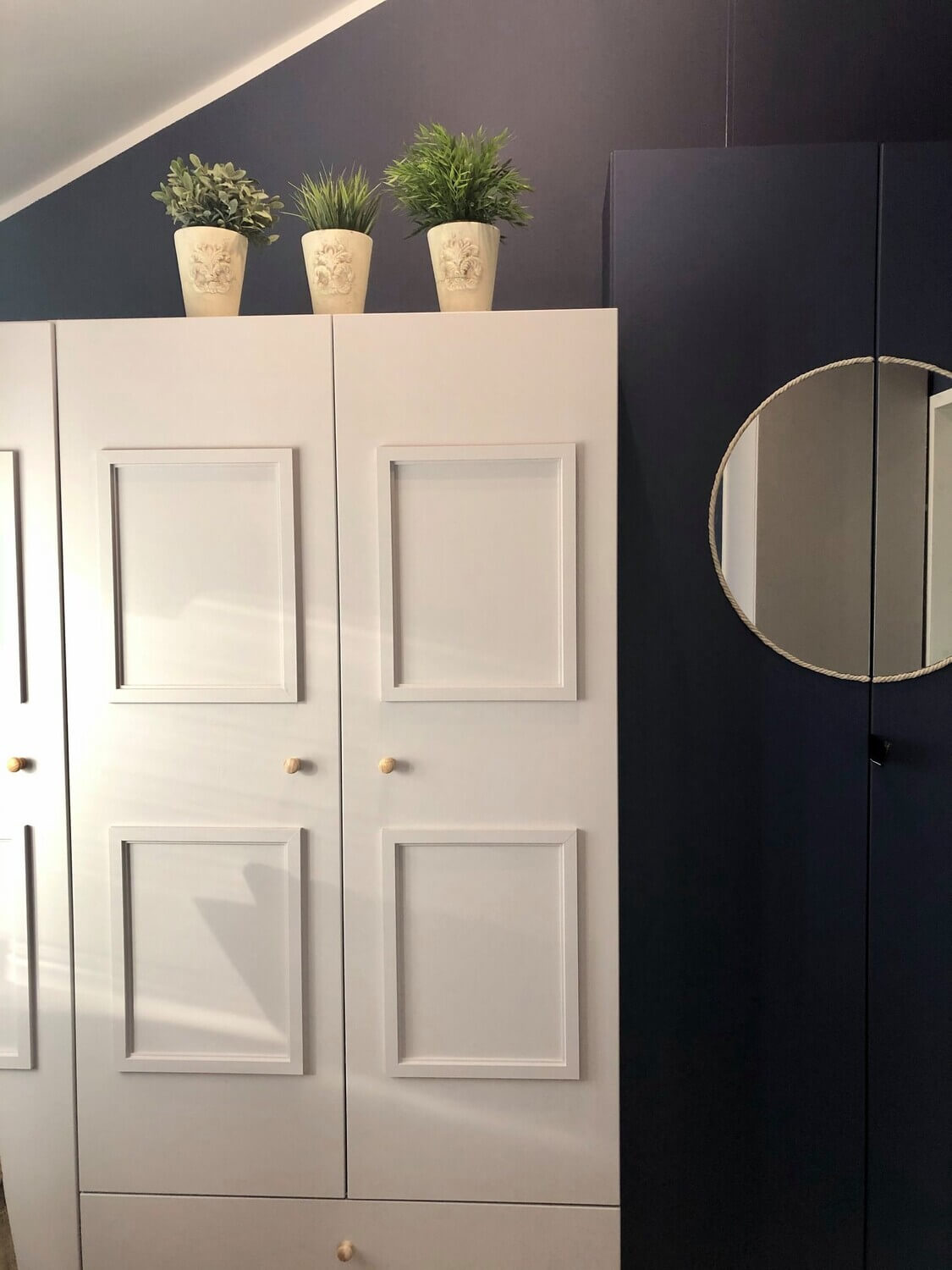
AFTER
- With additional elements, both wardrobes now fit perfectly into a more romantic, tranquil setting.
Simple instructions: Painting the IKEA Pax
Wondering what's the best place to start? Our guide will take you through all the steps and you'll be ready to upcycle your Pax wardrobe!
Step 1: Preparation & Cleaning
Unhook the IKEA Pax doors to paint them separately. Start by carefully cleaning all the surfaces you want to paint. Plastic in particular attracts dust easily due to static electricity. It is best to use MissPompadour Cleaner To Clean and rinse with clean water. Allow the surfaces to dry thoroughly.
Step 2: Primer
Smooth plastic surfaces and veneered wood should be primed so that the paint can adhere well. We recommend a full coat of MissPompadour To Bond & Block, as this primer creates a perfect base for your paint. Allow the primer to dry thoroughly before you start painting.
Step 3: Paint
Then apply your desired colour shade in a thin layer to the surface of your piece of furniture. Allow your coat to dry well and paint again. Normally 2 coats are sufficient, but more coats are of course possible. Just make sure that more coats have a longer drying time.
Both varnish qualities from MissPompadour are suitable for pax varnishing: the velvety matt Matt Varnish and the satin matt Eggshell Varnish with its subtle shimmer. Eggshell Varnish is the more stable version, which is less susceptible to scratches and knocks. You can also use our LittlePomp chalk varnishes. Our chalk paints and varnishes are available in 15 soft pastel shades. The more than 30 colour shades in the CosyColours collection are also perfect for painting your PAX. These chalk varnishes impress with their rich, easily combinable colours.
Step 4: Seal the result
What you need to paint IKEA Pax
- You will need plastic drop cloth to protect the floor.
- Masking tape to tape the inside of the cupboard.
- The larger surfaces are best painted with a paint roller.
- You will need the appropriate paint tray for this.
- MissPompadour To Bond & Block primer.
- And of course the colour of your choice.
As the Pax doors are very large, it is advisable to paint them lying down. Two painting trestles will do the job well.
All products for your project
Content: 91 piece (€0.14* / 1 piece)
Discover even more IKEA hacks at MissPompadour:
FAQs: Frequently Asked Questions about Painting IKEA Furniture
Can IKEA Pax wardrobes be painted?
Yes, you can paint all plastic-foiled surfaces with the MissPompadour varnishes. The only condition: A primer coat of MissPompadour To Bond & Block. Because this primer creates a perfect primer for the colour.
How do I paint IKEA furniture?
This depends on what material they are made of. Plastic surfaces require priming with MissPompadour To Bond & Block. Varnished furniture made of wood or metal can simply be painted over. Unpainted wood should be primed to be on the safe side.

